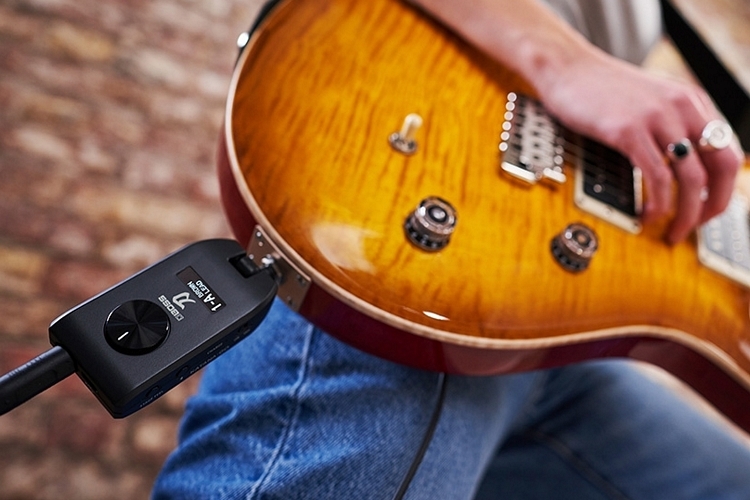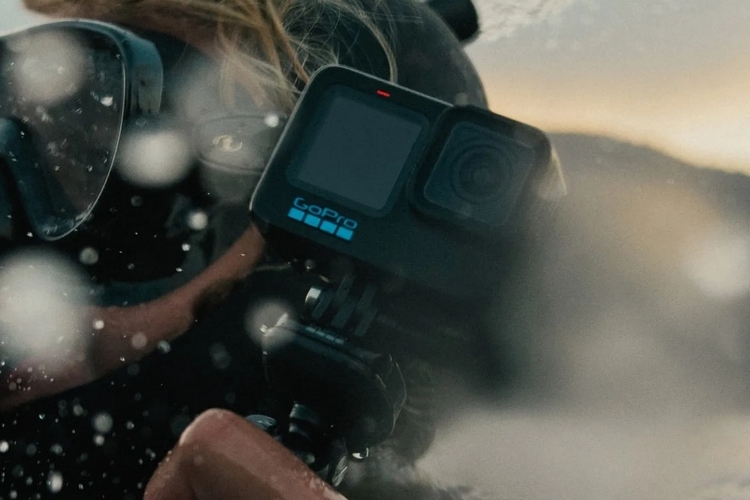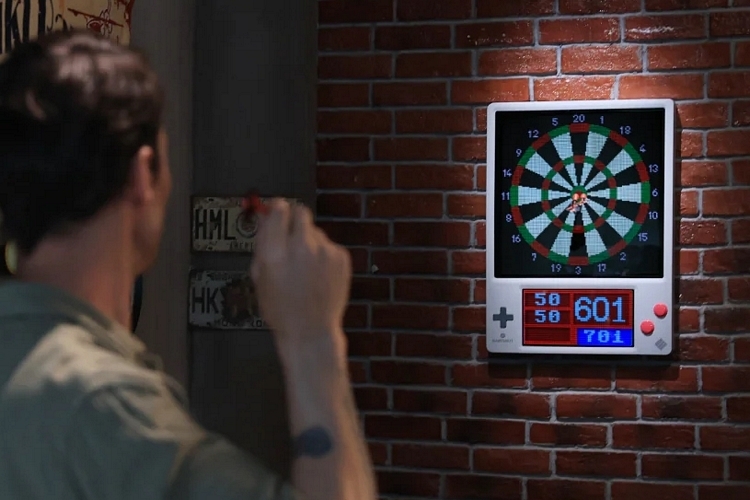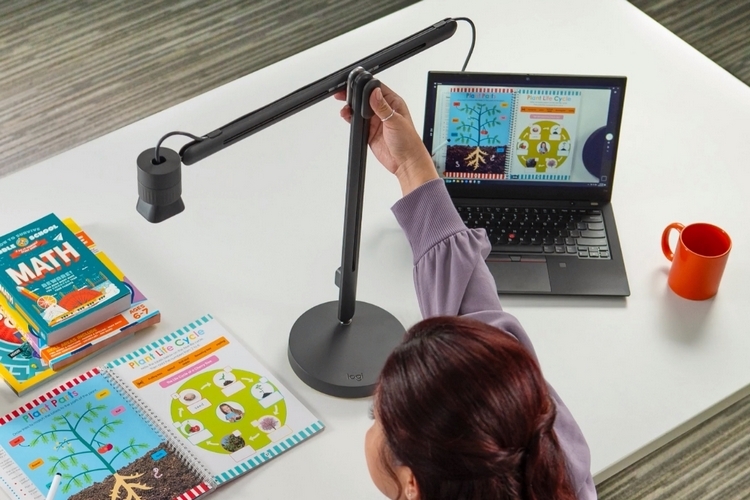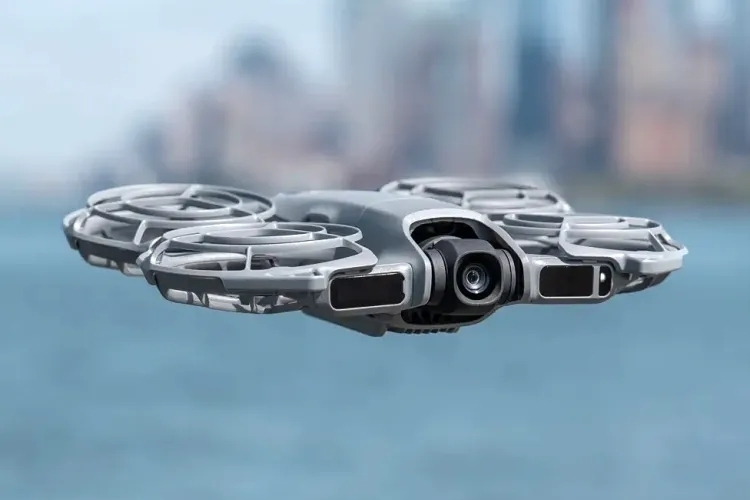
Last year, DJI released their first selfie drone, a compact quadcopter designed to fit in the palm of your hand. While it offered a good balance of features, it notably omitted the obstacle avoidance tech found in the outfit’s other drones, which, we’re guessing, caused a bit too much hassle for some people. The DJI Neo 2 changes that.
That’s right, the new version of DJI’s selfie drone integrates the same obstacle avoidance tech found in all their other quadcopters. This means, a lot less instances of impacts and crashes, which can put a damper on an otherwise pleasant day of the 4K drone keeping you in its frame.
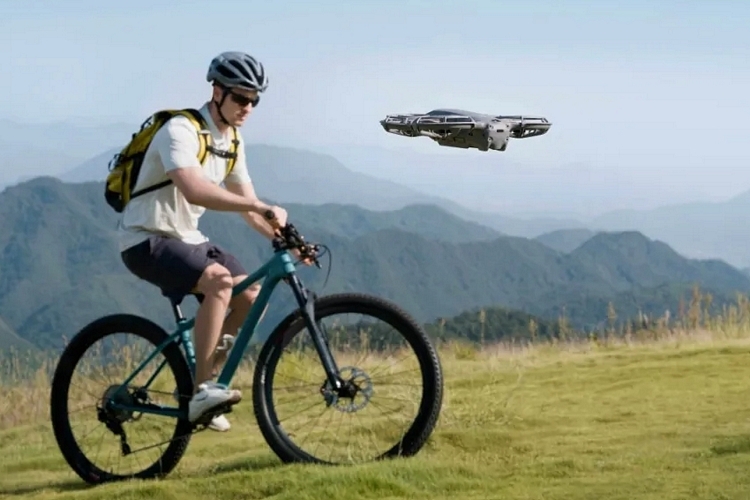
The DJI Neo 2 is slightly larger and heavier than its predecessor, which isn’t the usual case for next-generation models. For that extra size and weight, though, you get a lot more useful features. Naturally, that includes all the extra sensors it needs for obstacle avoidance, such as a forward-facing LIDAR and downward-facing IR modules, all while retaining the prop guards and bulky exterior designed to let it shrug off impact. Suffice to say, you won’t need to be as careful about the environments you decide to fly it in.
Maximum speed has also been increased to 27 mph, a big upgrade from the 18mph rating of the original model, so it should be able to keep up a lot better when you’re moving at a brisk pace. While the original Neo struggled to keep itself from drifting in windy conditions, this new model boasts the ability to maintain stable hover positions in winds up to 24mph, making it much more usable in less-than-ideal weather conditions. DJI says they also improved its positioning and hovering in indoor settings, around buildings, or over reflective surfaces like water or snow.
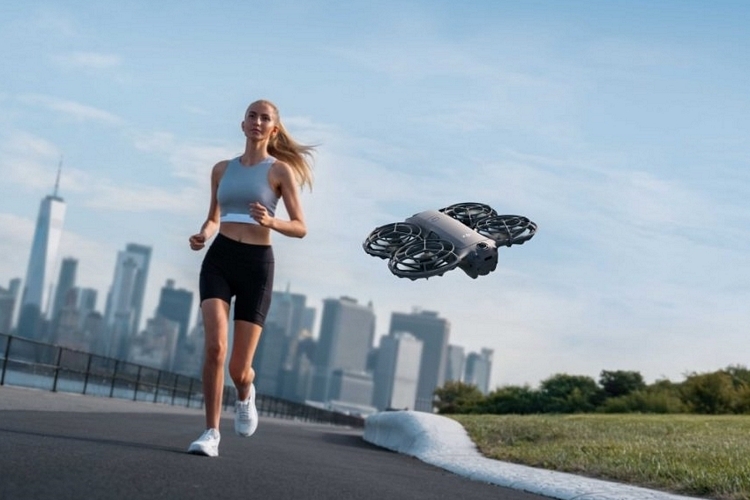
The DJI Neo 2 can capture 4K footage at 60 fps when flying autonomously, although it can bump that up to 100 fps when piloted manually. They also upgraded the single-axis gimbal from the original to a two-axis one in this version for improved stability on your footage, all while using a new lens to provide users a wider field of view. Battery has also been upgraded to a larger 1,606mAh module, which increases the flight time to 19 minutes (should be enough for 80 minutes of 4K recordings), while more than doubling the storage to 49GB, so you can store more footage right on the device.

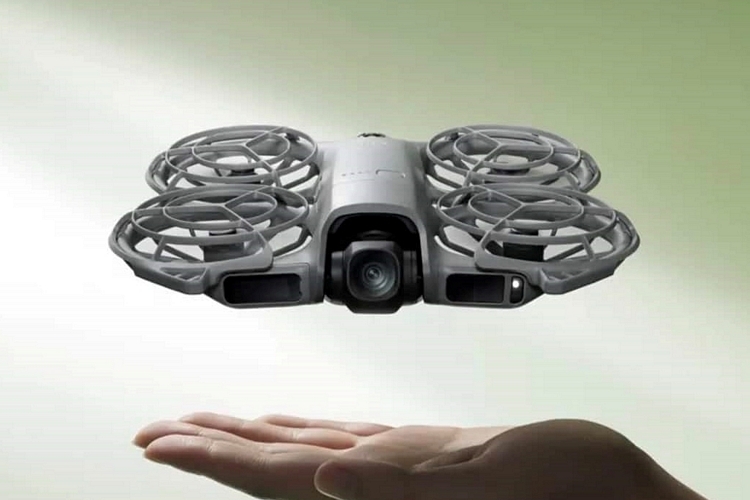
Like the original, the drone is meant to capture footage autonomously, following whichever of the available intelligent shooting modes you choose. Users can still change numerous variables for the flight modes from the companion app, such as height and distance away from the subject, circle movement radius, and more. This time, though, they added gesture controls, allowing you to change various parameters by simply performing preset hand gestures. For manned flights, the drone can be controlled using the outfit’s RC-N3 and motion controllers, as well as the Goggles N3 headset.
The DJI Neo 2 is launching in China only for now. Price starts at around $211. No word on release dates and pricing for global markets.
